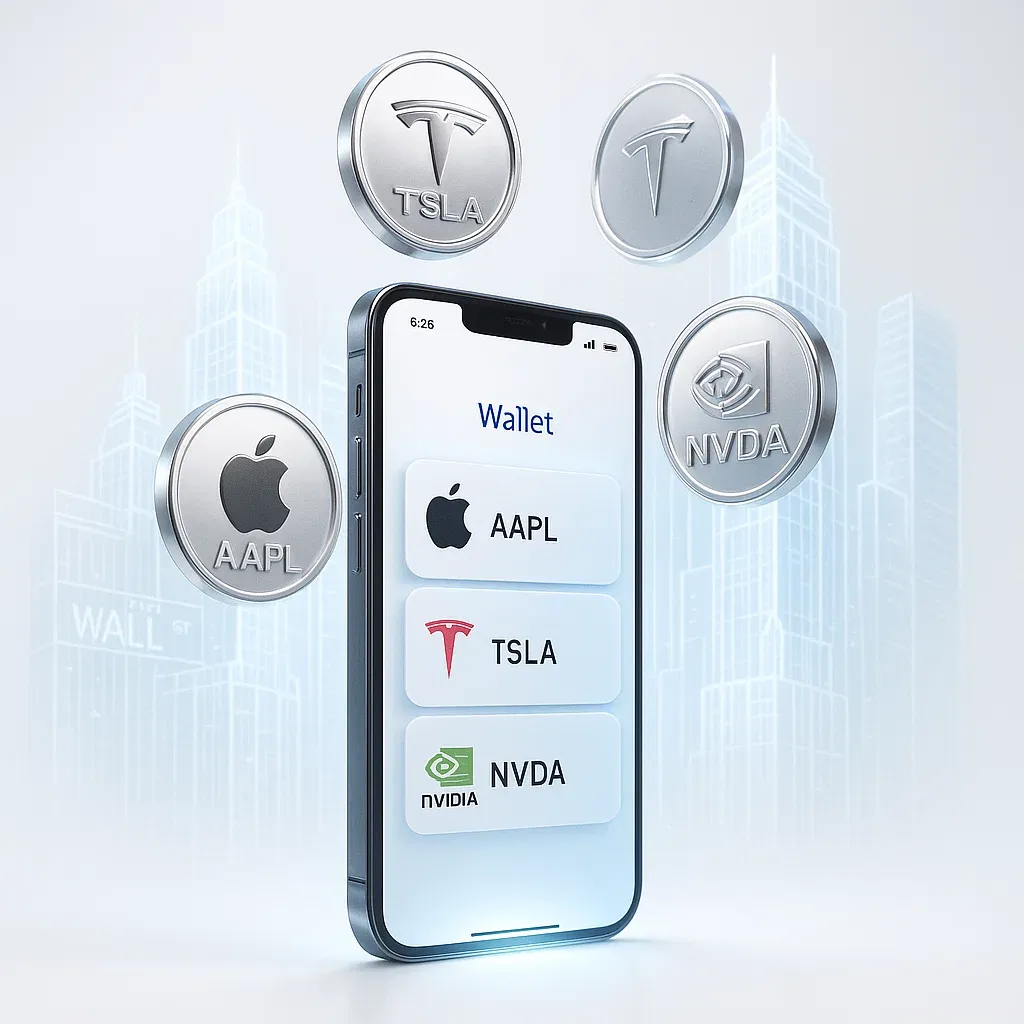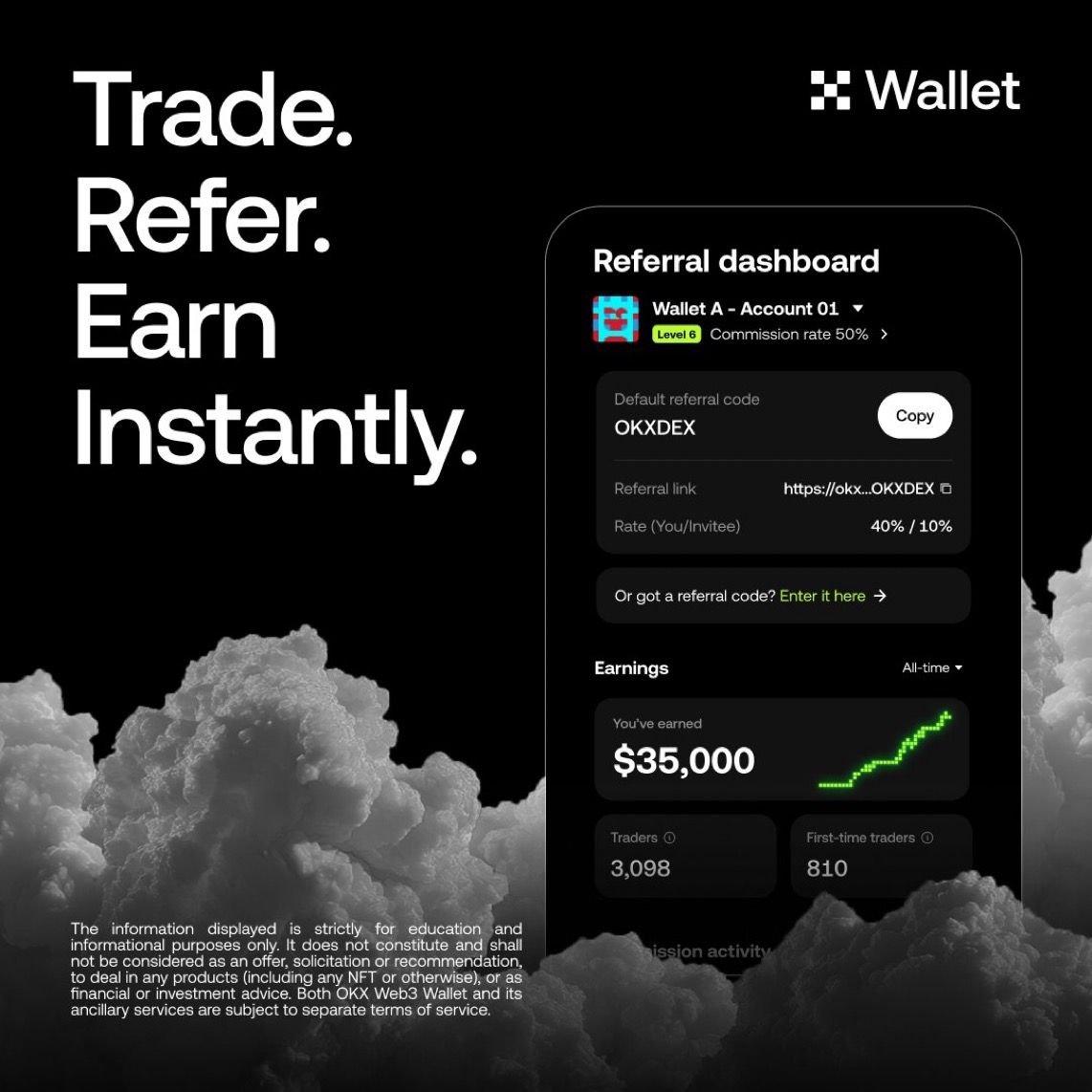The 2025 AI Revolution: From Breakthroughs to Global Impact
2025 AI Index Report: The Rapid Evolution of AI 🤖🚀
AI is evolving fast, and the 2025 AI Index Report gives us the lowdown on its progress, impact, and how countries are racing to lead the AI revolution. Here’s a quick breakdown of the highlights, in a way that’s easy to digest—without the tech overload.
1. AI’s Performance Just Got a Major Upgrade 💥
AI is leveling up! Performance benchmarks like MMMU, GPQA, and SWE-bench improved by 19%, 49%, and 67% in just a year. That’s huge! Beyond numbers, AI is now creating high-quality videos and even coding better than humans when it’s crunch time. 🔥
2. AI Is Everywhere Now 🌍
AI isn’t just some lab thing anymore. In 2023, the U.S. FDA approved 223 AI-driven medical devices—compared to only 6 in 2015. AI is revolutionizing healthcare from diagnoses to treatments. 🚑 Plus, self-driving cars are no longer sci-fi—Waymo and Baidu are leading the way, with robotaxi fleets rolling out in major cities. 🚗💨
3. AI's Commercial Explosion💰
Businesses are investing big in AI. In 2024, private AI investments in the U.S. hit a record $109.1 billion (almost 12 times more than China!). Generative AI alone saw a $33.9 billion global investment. AI is becoming the secret weapon in the workplace, automating tasks and boosting productivity. 📈
4. U.S. Leads, but China’s Catching Up 🏁
The U.S. is still top dog, releasing 40 AI models in 2024, but China is closing the gap fast. China is dominating the AI publication and patent game, showing that the AI race is turning into a global event. 🌐
5. Let’s Talk Responsible AI (RAI) ⚖️
As AI becomes more powerful, safety is a big concern. Companies are starting to realize the risks, and there’s a push for more responsible AI practices. New benchmarks like HELM Safety and AIR-Bench are helping assess AI’s safety and ethics. Governments are stepping in, too, working on global standards to ensure AI is used for good. 🌱
6. AI Perception: The World’s Divided 🌏💬
People are starting to warm up to AI, especially in countries like China, Indonesia, and Thailand—where most think AI’s benefits outweigh the risks. In contrast, places like Canada, U.S., and Netherlands are a little more skeptical. But the good news? AI optimism is on the rise in countries like the U.S. (+4%) and Germany (+10%). 👍
7. AI Is Becoming More Accessible 💡
AI’s not just for tech giants anymore. The cost of running AI systems has dropped over 280 times since 2022. Hardware costs have gone down 30% annually, and energy efficiency is up 40%. This means even smaller businesses can get in on the AI action. 💻
8. Governments Are All In 💼
Governments are jumping on the AI train with regulations and investments. The U.S. rolled out 59 new AI regulations in 2024, and other countries like China and Saudi Arabia are investing billions in AI. It’s clear: AI is now a global priority. 🌍💵
9. AI Education: A Must-Do for the Future 📚
AI is everywhere, so learning about it is becoming essential. Two-thirds of countries now offer computer science education, and in the U.S., the number of graduates in computing has grown by 22%. But access to education is still uneven, especially in regions like Africa, where infrastructure challenges exist. 🌍💻
10. Industry’s Huge Role in AI Development 🏢
In 2024, nearly 90% of notable AI models came from the private sector, showing just how much businesses are driving AI innovation. The AI race is getting more crowded, but the big players are still pushing the boundaries with ever-bigger models and datasets. ⚡
11. AI’s Impact on Science 🧬
AI’s making waves in science! Deep learning breakthroughs helped win two Nobel Prizes—one in physics and the other in chemistry. The Turing Award also recognized reinforcement learning, further cementing AI’s role in shaping the future of science. 🔬🏅
12. AI and Complex Reasoning: Still a Work in Progress 🤔
AI is great at solving math problems but struggles when it comes to more complex tasks requiring multi-step reasoning. This means AI still isn’t totally reliable in situations where accuracy is super important. 🧠
TL;DR:
AI is growing faster than ever, changing everything from healthcare to how we work. The U.S. is leading the charge, but China is catching up fast. AI’s not just a tech thing anymore—it's shaping everyday life. But with all these advancements, there’s a need for responsible AI use, global regulation, and more AI education. The future’s bright, but we need to navigate it carefully. ✨🌐

Recent News
All Time High • Live
Have questions or want to collaborate? Reach us at: info@ath.live











